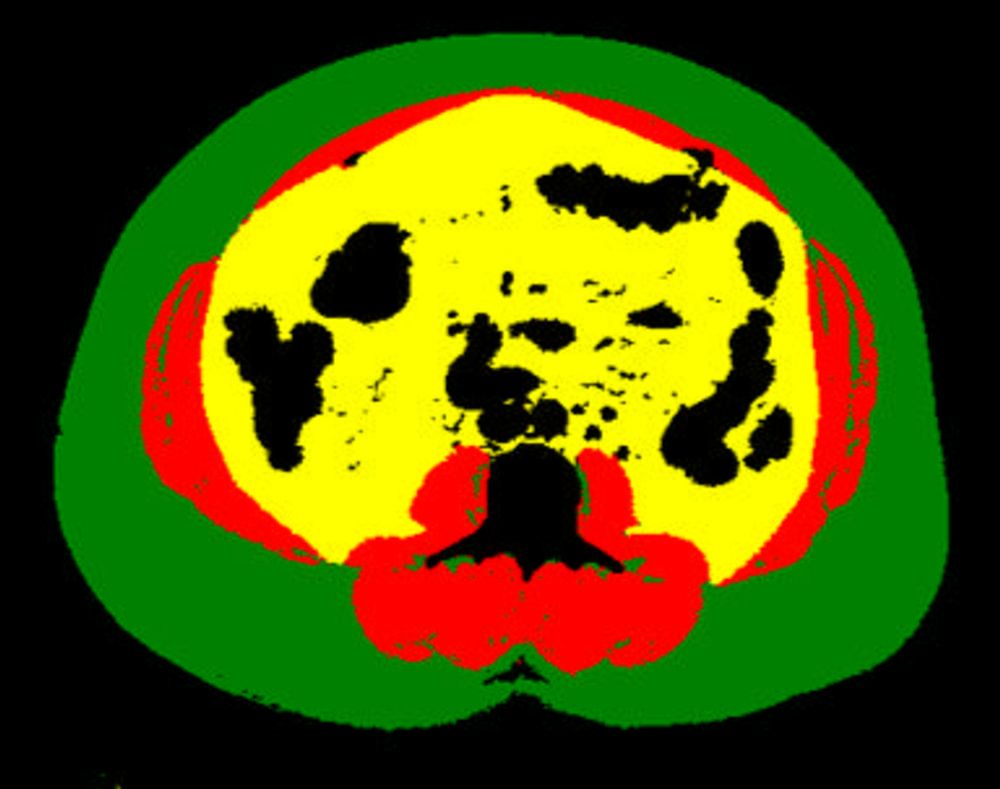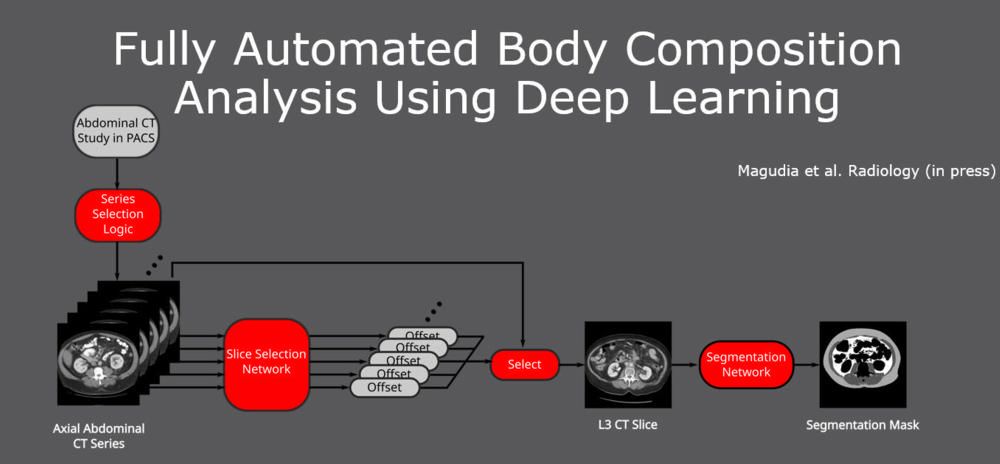Do you really think the average layperson can get this CT scan and their doctor has access to this AI tool and can read it properly?
Fat Measures from AI Abdominal CT Predicts Heart Attack and Stroke
Using deep learning analysis with abdominal CT scans provides a more accurate body composition measurement that can predict which patients will suffer major cardiovascular events within five years.
Body mass index (BMI) is conventionally used to determine a person’s body-to-fat ratio, but analyzing abdominal CT images with an automated deep learning tool provides a more precise body composition measurement – and it can predict major cardiovascular events, according to new research.
In a presentation given during the Dec. 2 session of the Radiological Society of North America (RSNA), investigators from the University of California San Francisco (UCSF) discussed the superiority of using artificial intelligence with CT scans for assessing abdominal fat and determining whether a patient might face a heart attack or stroke within five years.
This research received the RSNA 2020 Trainee Research Prize, and the work was completed at Brigham and Women's Hospital (BWH) and the Dana Farber Cancer Center.
At a fundamental level, BMI as a measurement is flawed, said Kirti Magudia, M.D., Ph.D., an abdominal imaging and ultrasound fellow at UCSF and former BWH radiology resident, because it factors in only weight and height. Consequently, two people can have vastly different muscle-to-fat proportions and vastly different health outcomes, but still have the same BMI.

With a single CT slice of the abdomen, though, providers can get a much more accurate picture of a patient’s body composition. The image shows the volume of subcutaneous fat, visceral fat area, and skeletal muscle. The problem, though, is that taking these measurements manually is time consuming and expensive.
“Abdominal CT scans that are routinely performed provide a more granular way of looking at body composition, but we’re not currently taking advantage of it,” Magudia said.
To make it easier and more financially expedient to use these CT scans, Magudia and a multidisciplinary team created a fully automated method using deep learning that could accurately pinpoint body composition metrics from those abdominal images.

Using 33,182 abdominal CT scans performed on 23,136 outpatients at Partners Healthcare in Boston in 2012, the team identified 12,128 patients who had no major cardiovascular or cancer diagnoses at the time of imaging. With an L3 CT slice from the third lumbar spine vertebra, they calculated the body mass composition for each patient – 57 percent of whom were women – and divided the group into four quartiles based on normalized values of subcutaneous fat area, visceral fat area, and skeletal muscle area.
The team examined the scans of those 12,128 patients retrospectively and found that, within five years of the abdominal CT scan, there were 1,560 heart attacks and 938 strokes in the group. Their statistical analysis revealed that visceral fat area was independently associated with both of these events, but BMI was not. Even when the team adjusted for known cardiovascular risk factors, patients with the highest visceral fat area were most likely to suffer a heart attack, Magudia said, and those with the lowest amount of visceral fat area were protected against stroke.
“These results demonstrate that precise measures of body muscle and fat compartments achieved through CT outperform traditional biomarkers for predicting risk for cardiovascular outcomes,” she said.
Based on the team’s work, Magudia said, providers can feel confident using fully automated and normalized body composition analysis on larger scales.
“This work shows the promise of AI systems to add value to clinical care by extracting new information from existing imaging data,” she said. “The deployment of AI systems would allow radiologists, cardiologists, and primary care doctors to provide better care to patients at minimal incremental cost of the healthcare system.”
No comments:
Post a Comment